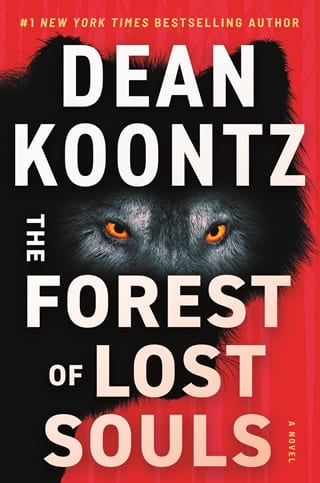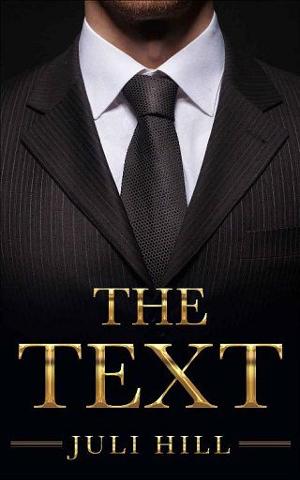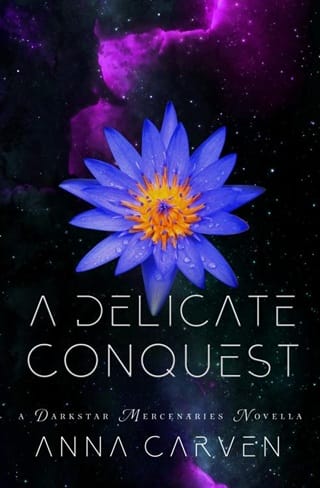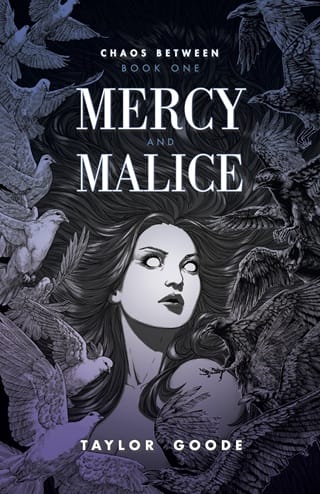33 THE SECOND GRAVE
33
THE SECOND GRAVE
Having foregone embalming and the attention of a mortuary's makeup artist, rolled for a few revolutions in a drop cloth secured with duct tape, his pistol and small squeeze bottle of chloroform wrapped with him, Belden Bead, crime lord of the mountains, lies on the porch, waiting for burial without honors. Wisely, he had brought no cell phone that, by its GPS pings archived in the cloud, could have proved he'd come here. Now the meadow and the forested uplands stand testament to the truth that those who lust and live for power contribute nothing useful to the world other than the nutrients that their decomposition will add to the soil.
After hosing away the blood and letting the planking dry to see what stains may still need to be addressed, Vida sits for a while on the porch steps, thinking through the actions she'll take. She must be sure to see through the surface of the situation, understand all the possibilities that could take root beneath it.
She senses truth in Bead's insistence that the murder of José was a deviation from the protocols by which Terrence Boschvark labors for his billions. The great man has so many minions in the ruling class and bureaucracy that he can accomplish his ends with only rare resort to physical violence. However, if he had arranged José's assassination, Boschvark had indeed placed himself in such jeopardy that he wouldn't take half measures with Vida. If he thought she had discovered the truth or was even just searching for it, he would deal with her no less violently than he dealt with José. When such hard measures are taken, men like him don't follow them with half measures. Boschvark wouldn't go to the bother of manufacturing evidence that Ogden bribed the assessor to alter the county land maps, so that Vida could be evicted.
Therefore, it's almost certain that Bead—alarmed by Vida's investigation, without approval from Boschvark—concocted the threat to destroy José's reputation with a trove of child pornography. Bead alone schemed to manipulate Vida into writing the letter he wanted. Bead, not Boschvark, crafted the text of the letter so that, if she had written what he dictated, authorities could view it as something she meant to give to José but never had the chance to deliver before his death. If the letter was found with the envelope of documents from the assessor's office, the assumption would be made that the discovery of the kiddie porn had left her in shame and despair, after which the prospect of eviction was all she needed to conclude life was no longer worth living.
Consequently, this was Bead's scheme, as he claimed, and he most likely hasn't told anyone that he was coming here. He must have an accomplice in the assessor's office, someone who had no choice but to do his bidding for whatever reason, someone willing to attest to the authenticity of the forged documents if it comes to that but who is unlikely to know that Bead meant to deliver them in person and then murder her. No one knows where Bead is—or can know where he's gone when he vanishes.
If anyone other than Bead has learned of her visit to Morgan Slyke, that person might suspect she's somehow involved in Bead's disappearance. However, if she seems to back away from further investigation of José's death, no one will have reason to pursue her. Knowing Bead, they might intuit what he attempted and to what end his intentions led him, but the sheriff isn't likely to arrive with a brace of deputies and commence digging for the Plymouth Superbird Hemi, because that will literally be opening a very big can of worms.
Night has come. The moon has risen above the cold and barren granite peaks of the mountains. A few isolate clouds, shaped into arctic masses, drift across the sky, reflecting the lunar light as might icebergs on a northern sea. Great horned owls, vigilant for prey, are hoo-hoodoo ing one another, now and then taking wing to chase down earthbound creatures with devastating effect, in this world of the perpetual hunt.
Finished analyzing the situation, Vida ties a rope to the wrapped cadaver and drags it off the porch, down the steps, to the nearby Plymouth in which Bead arrived. With effort, she wrestles the grave-readied bundle onto the back seat.
From the multipurpose building behind the house, she retrieves the John Deere backhoe with which Uncle Ogden had, among other things, excavated the cavity for the massive septic tank that he had constructed and with which, fifteen years later, Vida had dug her uncle's grave. The backhoe features a roof rack of lights, and it's a workhorse, but the job ahead of her is formidable. Ideally, the finished hole at the southern end of the meadow will be three feet wider, a foot longer, and three feet deeper than the car. She'll have to construct it with a ramp leading down to that space in which the vehicle will rest.
The ruckus of the backhoe engine rackets across the grassland and through the trees, but there are no neighbors near enough to be disturbed. And those who choose to live in this remote territory are as incurious as they expect others to be.
With the aid of quarts of black coffee, several big chocolate-chip cookies that she had baked the previous day, and mint-flavored antacid tablets, Vida finishes the first phase of the job shortly past four o'clock in the morning, after eight hours of unrelenting effort. With the moon far into its descent, she drives the Plymouth and its profoundly silent passenger down the ramp and into the hole. She parks closer to the right flank of the pit than to the left, so that she is able to open the driver's door wide enough to slip out of the car.
Although she's exhausted, she returns to the backhoe. She fills the space around the car and begins to cover it.
An hour after sunrise, with songbirds gracing the day and hawks taking up the hunt that the nocturnal raptors have forsaken until dusk, the Plymouth is concealed under six or eight inches of soil. The situation is not ideal, but Vida can do no more until she has gotten some rest.
Later, fortified by five hours of sleep and a hearty breakfast eaten past noon, she returns to her work. Even after the Plymouth lies three feet below the meadow and she's driven over it uncounted times to compact the fill, a big mound of excavated earth remains. Over the next few days, she will distribute it across the southern end of the meadow, although some will have to be kept at the site to be added to the grave as the loose soil naturally settles and forms into a telltale declivity. Eventually, she'll gather ripened grass and strip it and scatter its seeds across the bare earth.
She garages the backhoe for the day. A hot shower is bliss.
On slices of whole wheat—two slathered with mustard, the other two with mayonnaise—she builds a pair of sandwiches from cold roast beef, Havarti cheese, shredded lettuce, tomato, and sliced gherkins. With a bottle of good cabernet, she takes dinner in a rocking chair on the porch.
Vida has finished one sandwich when the breeze gently tumbles the white fedora across the yard.
Belden Bead has been dead twenty-four hours. Casketed in the Plymouth. The windows had broken out to admit cascades of earth as the soil had been compacted. The crime boss of Kettleton County is beyond any possibility of being reunited with his hat.
Before attending to her second sandwich, Vida hurries into the yard to retrieve the fedora, lest it might be carried aloft and spun away. Not a single drop of blood mars it. Although the hat has been blown hither and yon during the night and through the following day, it looks as white and properly blocked as it had been when she'd first seen Bead wearing it.
Experience has cultured in her a belief in signs and omens. The fedora is a humble object. If Belden Bead hadn't perished by his own misdirected violence in his attempt to kill her, the hat might even have a comical quality. Nevertheless, it is invested with portentous meaning by virtue of its pristine condition and Nature's use of wind and night to conceal it from her until this moment.
Vida stands in the yard, turning the hat in her hands, deciding what she should do with it. Millennia earlier, when hunters ventured into the wilds with bows and arrows, when they killed a deer or a pheasant, they not only brought the meat to their tables, but also made a coat from the deer's hide or used the bird's feathers to enhance a garment. Nature is honored by the full and wise use of what it provides.
With sudden conviction, Vida puts on the hat. A perfect fit.
One day it might be useful. Just a hunch.
She returns to the porch, to her chair, to her second sandwich.
The cabernet held by the stemware is a deeper red than the sky. Soon after darkfall, when an early moon rises, its spectral light traces the beveled edges in the cut-crystal bowl of the wineglass, transforming those patterns into hieroglyphs awaiting translation.
Turning the glass in her hand, Vida remembers the raven-haired woman in the ramshackle house, eighteen years earlier, and the sign in the yard decorated with crescent moons and stars. The truth and the future revealed here.
 Fullepub
Fullepub 



